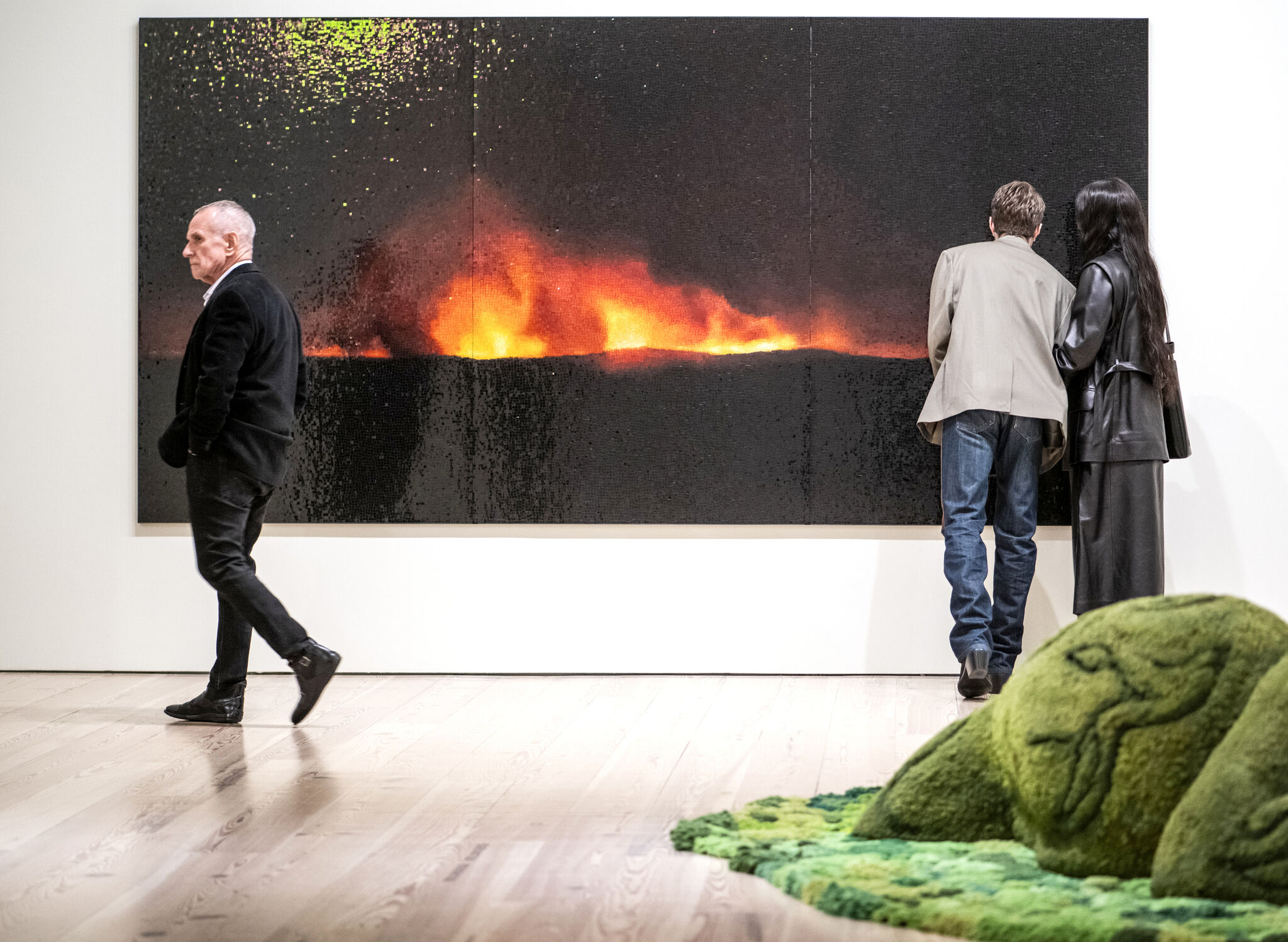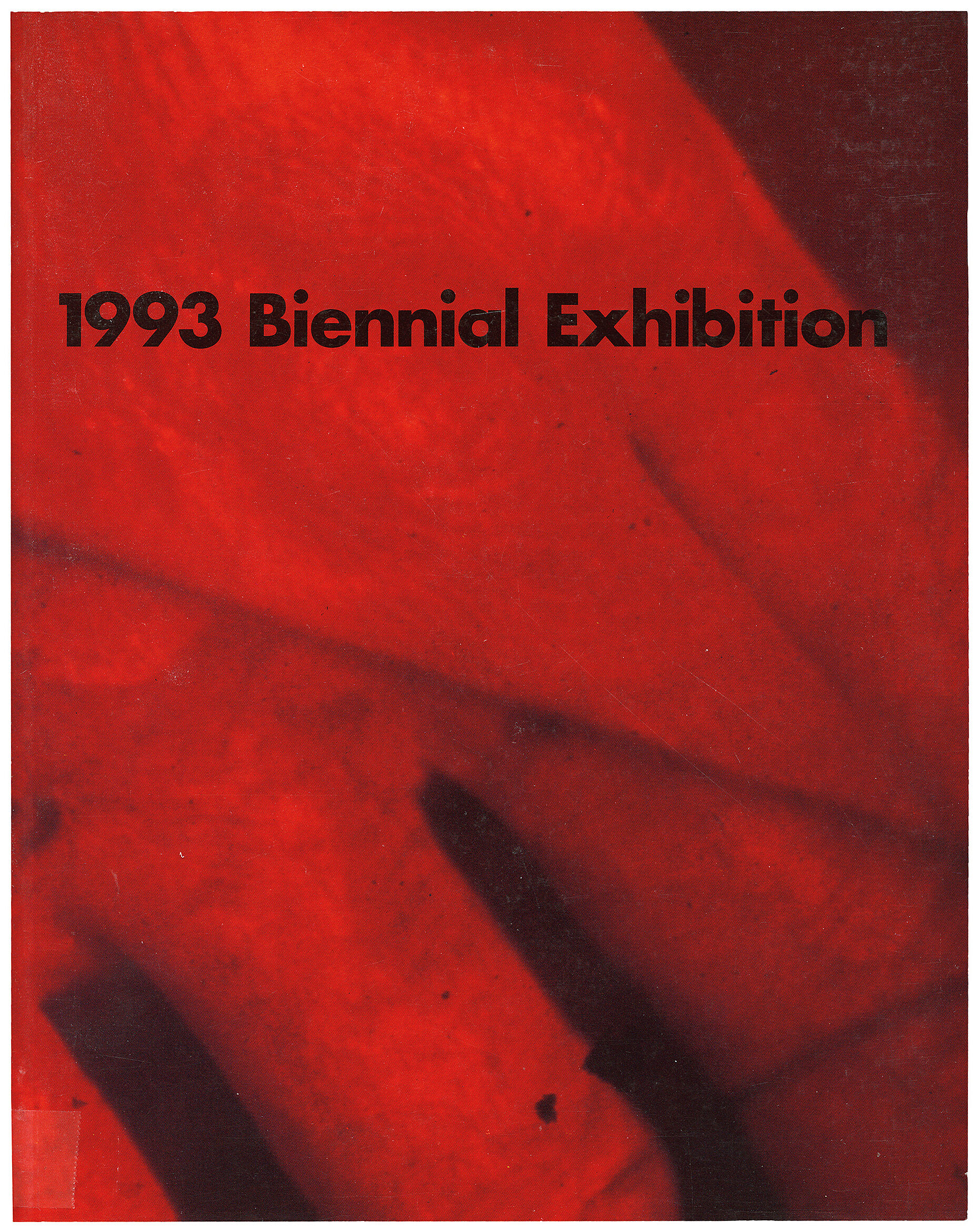James Luna
1950–2018
Introduction
James Luna (February 9, 1950 – March 4, 2018) was a Puyukitchum, Ipai, and Mexican-American performance artist, photographer and multimedia installation artist. His work is best known for challenging the ways in which conventional museum exhibitions depict Native Americans. With recurring themes of multiculturalism, alcoholism, and colonialism, his work was often comedic and theatrical in nature. In 2017 he was awarded a Guggenheim Fellowship.
Wikidata identifier
Q6138298
Information from Wikipedia, made available under the Creative Commons Attribution-ShareAlike License . Accessed December 2, 2025.
Introduction
Luna was an installation and performance artist of Payómkawichum (Luiseño), Ipai, and Mexican-American Indian descent, who focused on issues related to American Indian culture in his work. Among the institutions he exhibited at are the Museum of Modern Art, New Museum, and the Whitney Museum of American Art; the Los Angeles County Museum of Art; the Museum of Contemporary Native Art in Santa Fe, New Mexico; and the National Gallery of Canada in Ottawa, Ontario.
Country of birth
United States
Roles
Artist, installation artist, miscellaneou, performance artist, photographer, sculptor
ULAN identifier
500127064
Names
James Luna, James A. Luna
Information from the Getty Research Institute's Union List of Artist Names ® (ULAN), made available under the ODC Attribution License. Accessed December 2, 2025.



